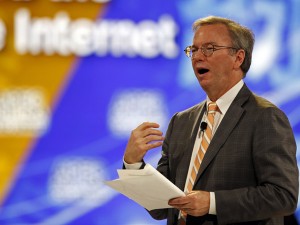By: Charlie A. Agatep Contributor
Philippine Daily Inquirer
10:03 pm | Saturday, November 5th, 2011
 |
STEVE Jobs (left) and John Sculley during
their honeymoon days. |
Twenty years ago, in the spring of 1985, I went to Serramonte Plaza
in Daly City to shop for the new Macintosh Plus. As advertised in the
San Francisco Chronicle, the Macintosh Plus cost $2,600 and was a big
improvement from the Mac 512kb. It had one megabyte of RAM expandable to
four megabytes. I thought I’d wait for the Mac SE with 20 MB internal
hard drive but there was no telling when it would be launched.
As the PR industry in the Philippines was becoming more and more
competitive, I wanted frantically to retool Agatep Associates, my public
relations consultancy, into the image and likeness of Apple Computer.
Walking out of the store with my prized MacPlus, I heard the news
that Steve Jobs, co-founder of Apple, had been fired by John Sculley,
ex-marketing VP of Pepsi Cola who was hired by Jobs himself to become
CEO of Apple. Jobs reportedly made a legendary pitch to Sculley, asking
him whether he preferred to sell sugared water for the rest of his life
or come join him and change the world. Crestfallen with disbelief, I
kept mumbling as I drove my 1982 Toyota Corolla to our house in Pacifica
City: You soda jerk John Sculley, you will pay for this. May your
conscience drive you nuts for the rest of your days.
How could they fire Steve Jobs, what did he do? Didn’t they recognize
his genius for creating the Macintosh? How did they fire him,
unceremoniously after a shouting match? And how did Steve Jobs take it,
pained and bitterly disappointed, like the way Juan Manuel Marquez felt
after losing to Manny Pacquiao by a split decision in their second
fight? I thought for a moment about Job’s millions of adoring fans
across the globe who must have been feeling the same let-down and who
were at that instant cursing Sculley.
Firing people reminds me of the comedy-drama “Up in the Air,” a film
adaptation of the novel of the same name by Walter Kirn. The story is
about a corporate downsizer Ryan Bingham, played by George Clooney, who
led a suitcase life traveling around the country firing people for a
living. In the real world you don’t fire people like that. And as it
turned out, Jobs was not really fired. The Apple board of directors
merely took away his managerial powers over the Macintosh unit but he
retained his position as Chairman of the Board.
Creative genius
 |
APPLE CEO Steve Jobs holds up
an Apple Nano in this file photo. AP |
After Jobs died of pancreatic cancer, John Sculley offered an olive
branch to the world and gave a candid interview with Dow Jones Newswire.
Jobs was a creative genius, he said, but some of his employees
described him as an erratic, temperamental manager. Apple’s president,
Mike Markkula, wanted to retire but he believed Jobs lacked the
discipline needed to run Apple on a daily basis. By the end of 1984,
Macintosh sales slowed down.
Jobs kept meetings running past midnight,
sent out lengthy faxes, then called new meetings at 7:00 a.m.
Sculley reminisced: “The directors instructed me to ‘contain’ Jobs
and limit his ability to launch expensive forays into untested products.
Steve believed I was the wrong person to lead the company. On May 24,
1985 he called a board meeting to resolve the matter.
The board of
directors sided with me.
They asked Jobs to step down as head of the
Macintosh division. He remained as chairman of the board but he was
extremely hurt. He resigned from Apple after five months. Today, twenty
six years later, I still disagree with how the executives handled the
situation. I was not responsible for Jobs’ departure.
“When Steve was gone and I took over I was highly criticized. They
said, How could they put a guy who knows nothing about computers in
charge of a computer company?
Looking back, it was a big mistake that I
was ever hired as CEO. Steve was the first choice but the board wasn’t
prepared to make him CEO when he was 25, 26 years old.
They looked for
high-tech candidates to be CEO. Ultimately they recruited me.
The idea
was that Steve and I were going to work as partners. He would be the
technical person and I would be the marketing person. Steve always
wanted to be CEO. It would have been much more honest if the board had
said, Let’s figure out a way for him to be CEO.
You could focus on the
stuff that you bring and he focuses on the stuff he brings.
“It would have been better if Steve would have been the CEO and I
would have been the president. I wish Steve and I did not have a falling
out and I had gone back to him and said, this is your company, let’s
figure out how you can come back and be CEO. I wish I had thought of
that. But you can’t change history. In the past I tried, but he never
had any interest in re-engaging. He clearly blamed me,” Sculley said.
Trainee
John Sculley, who was the architect of the Cola
Wars, joined Pepsi-Cola in 1967 as a trainee. Then In 1970, at the age
of 30, he became Pepsi’s youngest marketing vice president. He is
remembered for the Pepsi Challenge advertising campaign that he started
in 1975 to compete against Coca-Cola. The Pepsi Challenge included a
series of television advertisements that first aired in the early 1970s,
featuring lifelong Coca-Cola drinkers participating in blind taste
tests. Pepsi’s soft drink was always chosen as the preferred product by
the participant.
During Sculley’s governance, sales at Apple increased from $800
million to $8 billion. However, he remained controversial at Apple
because he veered away from Steve Jobs’s sales procedure, particularly
regarding the decision to compete with IBM in selling computers to the
same types of customers.
Sculley was ultimately forced to resign in 1993
as the company’s margins eroded, sales diminished and stocks declined.
Jobs and Sculley spent months getting to know each other before
Sculley joined Apple.
Jobs had no exposure to marketing other than what
he picked up on his own. This was typical of Steve. When he knew
something was going to be important he would try to absorb as much as he
possibly could.
“One of the things that fascinated Steve was when I described to him
that there’s not much difference between a Pepsi and a Coke, but we were
outsold 9 to 1. Our job was to convince people that Pepsi was a big
enough decision that they ought to pay attention to it, and eventually
switch. We decided that we had to treat Pepsi like a necktie. In that
era people cared what necktie they wore. The necktie said: Here’s how I
want you to see me. So we have to make Pepsi like a nice necktie. When
you are holding a Pepsi in your hand, its says, Here’s how I want you to
see me.
Perception
“
We talked a lot about how perception leads reality
and how if you are going to create a reality you have to be able to
create the perception. We did it with something called the Pepsi
Generation. Steve loved those ideas. A lot of the stuff we were doing
was focused on how we would bring the Mac to the market. It had to be
done at such a high level of perception that it would sort of tease
people to want to find out what the product is capable of. The product
couldn’t do very much in the beginning. Almost all of the technology was
used for the user experience. In fact we got a backlash where people
said it’s a toy. But eventually our product became more powerful.
“At the end of 10 years, I didn’t want to stay any longer in Apple. I
told the board I wanted to leave, even as IBM tried to recruit me at
the time. They asked me to stay. I stayed and then they later fired me.
The board gave me the assignment to try and sell Apple in 1993. I tried
to sell it to AT&T, IBM and other people. We couldn’t get anyone
who wanted to buy it. But if I had any sense, I would have said: Why
don’t we go back to the guy who created the whole thing and understands
it. Why don’t we go back and hire Steve to come back and run the
company?
“It’s obvious looking back now that that would have been the right
thing to do. We didn’t do it, so I blame myself for that one. It would
have saved Apple the near-death experience that they had. I’m convinced
that if Steve hadn’t come back when he did – if they had waited another
six months – Apple would have been history. It would have been gone.
During my watch, everything we did was to follow Steve Jobs’ design
philosophy and methodology. Unfortunately, I wasn’t as good at it as he
was. It wasn’t the time to could build consumer products and he wasn’t
having any more luck at NeXT than we were having at Apple. The one thing
he did better: he built the better next-generation operating system
which eventually was merged into Apple’s operating system.
Steve Jobs later claimed that being fired from Apple was the best
thing that could have happened to him. He said: “The heaviness of being
successful was replaced by the lightness of being a beginner again. It
freed me to enter one of the most creative periods of my life.”
If Steve wasn’t booted out of Apple when he was a 30-year-old brat,
he would not have had the driving force to redeem himself and create
NeXT, Pixar, the Toy Story, the iPod, the iPhone and the iPad. He would
not have changed the world.
(The author is the president of Agatep Associates, a public relations
consultancy, and group chair of Euro RSCG Agatep, an advertising and
marketing services agency. He was two-time president of the Public
Relations Society of the Philippines and professor of PR, Journalism and
Advertising at the University of Sto. Tomas, Assumption College and St.
Paul University.)
http://bit.ly/uTxepN
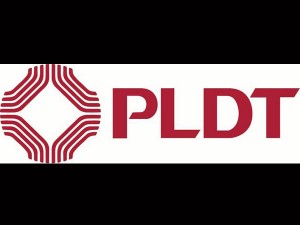 MANILA,
Philippines—Dominant mobile network Smart Communications is taking a
second look at wireless fidelity (Wi-Fi) technology, often seen only in
malls or coffee shops, as a way to connect more households across the
country to the Internet.
MANILA,
Philippines—Dominant mobile network Smart Communications is taking a
second look at wireless fidelity (Wi-Fi) technology, often seen only in
malls or coffee shops, as a way to connect more households across the
country to the Internet.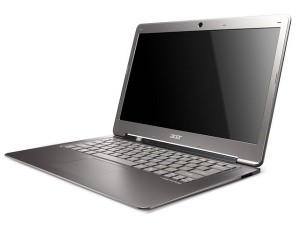
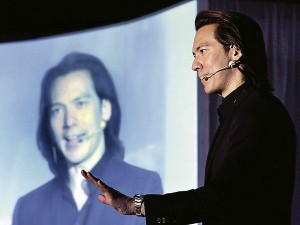
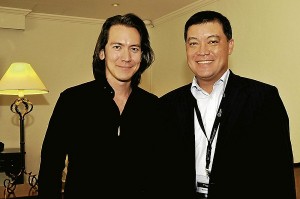

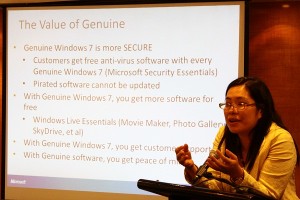
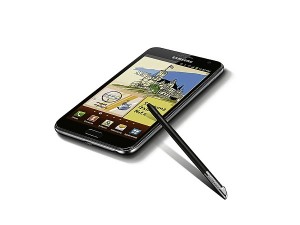
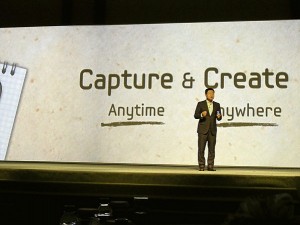
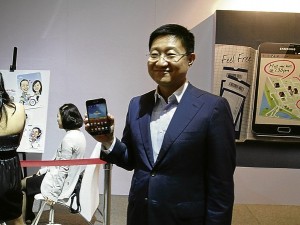
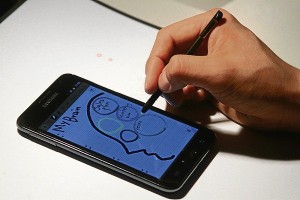
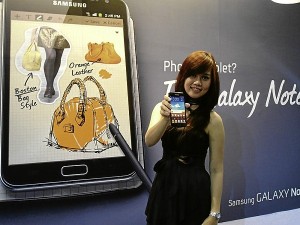
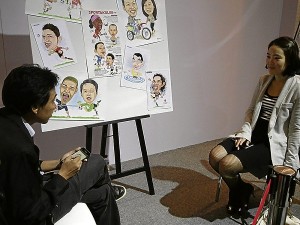
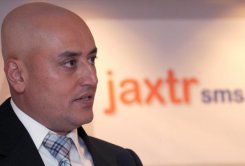
 WE
should all now be somewhere between “aware” and “immersed” in the
sharing and consumption of vast amounts of information about friends,
acquaintances or indeed complete strangers that is social media.
According to ComScore,
WE
should all now be somewhere between “aware” and “immersed” in the
sharing and consumption of vast amounts of information about friends,
acquaintances or indeed complete strangers that is social media.
According to ComScore,  IT
seems you can surf the Internet and check your e-mail from virtually
anywhere these days—in coffee shops, hotel lobbies, airport terminals
and airplane cabins.
IT
seems you can surf the Internet and check your e-mail from virtually
anywhere these days—in coffee shops, hotel lobbies, airport terminals
and airplane cabins. 